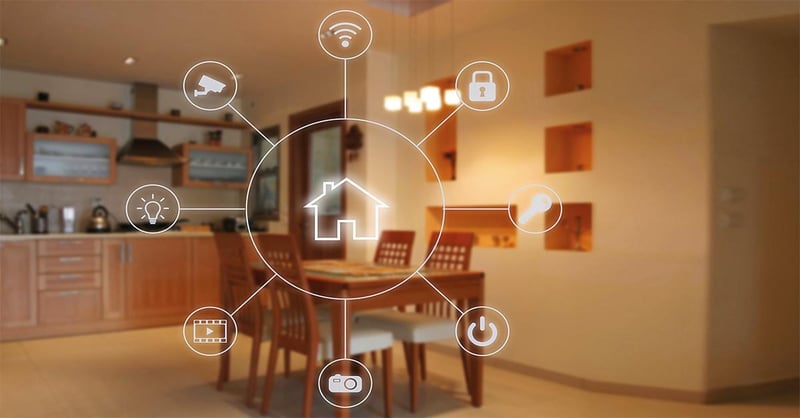In today’s fast-paced property management industry, staying on top of day-to-day operations isn’t enough. Property managers must have access to timely and accurate data to make informed decisions and stay competitive. This is where real-time property management reports and dashboards come into play. With a growing demand for efficiency and transparency, these tools are no longer optional—they’re essential.
The Shift Towards Data-Driven Property Management
Managing multiple properties, tenants, maintenance requests, financials, and vendor relationships can quickly become overwhelming without a proper system in place. Traditionally, property managers relied on monthly or quarterly summaries. But by the time those reports were compiled, the data was often outdated.
Today’s property management environment requires real-time insights for property operations. From tracking rent payments to identifying maintenance trends, real-time data helps managers respond quickly, plan proactively, and reduce costly delays.
Why Real-Time Property Management Reports Matter
Let’s break down how real-time property management reports improve operations and decision-making:
1. Faster Decision-Making
Real-time property management reports empower managers with instant access to critical data, enabling them to make fast and confident decisions. Whether it’s identifying a sudden dip in occupancy, a spike in maintenance requests, or a missed payment deadline, having current data at your fingertips allows you to act before the issue grows. Traditional reporting methods often lag behind, causing delays in identifying and addressing problems. With real-time visibility, you can make adjustments as needed—whether it's reassigning staff, adjusting budgets, or initiating tenant outreach. This immediacy not only saves time but also helps maintain operational continuity and tenant satisfaction.
2. Improved Financial Oversight
Keeping tabs on financial health is crucial in property management, and real-time reports make this much easier. Instead of waiting for month-end summaries, property managers can monitor income, expenses, outstanding payments, and budget variances on a day-to-day basis. This constant awareness helps avoid surprises, such as cash shortfalls or missed rent payments. With real-time financial data, decisions like scheduling maintenance, allocating funds, or adjusting rent structures become more grounded and timely. It also ensures transparency for owners or investors who need updates. Ultimately, these insights help property managers maintain better control over the bottom line and long-term financial planning.
3. Proactive Maintenance Management
Ongoing updates from real-time reporting help property managers identify recurring maintenance problems, monitor vendor performance, and prioritize urgent issues efficiently. Instead of reacting to emergencies, managers can spot patterns—like repeated plumbing complaints in a particular unit—and take preventive steps. Live tracking of open and resolved tickets also allows for better vendor coordination and timely follow-ups. This proactive maintenance approach minimizes tenant disruptions, reduces long-term repair costs, and keeps properties in top condition. It also supports better documentation, which can be useful for warranty claims, inspections, or internal audits, ensuring that nothing slips through the cracks over time.
4. Better Tenant Communication
When managers have instant access to up-to-date tenant information—including lease terms, payment status, and maintenance history—they can personalize communication and respond quickly to inquiries. Whether a tenant calls about a payment issue or lease renewal, having the latest data on hand allows for prompt and accurate answers. Real-time visibility also improves how notices, updates, and service confirmations are managed, reducing misunderstandings. This improves the tenant experience and builds trust, which can lead to higher retention rates. A well-informed manager also shows professionalism, making tenants feel heard and valued—two important factors in maintaining long-term positive relationships.
5. Enhanced Team Coordination
In property management, multiple team members often handle overlapping responsibilities—from leasing agents and maintenance crews to accounting staff. Real-time dashboards create a shared source of truth, allowing everyone to stay updated on task progress, ticket statuses, and key updates. This minimizes confusion, reduces duplicated efforts, and helps managers allocate resources effectively. Whether it’s a technician viewing newly assigned work orders or the finance team reviewing payment updates, everyone benefits from a synchronized workflow. Clear visibility also encourages accountability, as it’s easy to see who’s responsible for what. The result is a more organized, responsive, and collaborative property management team.
The Role of Dashboards for Property Managers
Dashboards for property managers bring all relevant data into one central place. These visual tools simplify complex information, allowing managers to quickly understand trends and make better decisions. With customizable widgets and filters, dashboards can show metrics like:
- Occupancy rates
- Rent collection percentages
- Open maintenance tickets
- Lease expiration timelines
Having this information at a glance saves time and ensures nothing slips through the cracks.
Tapping into Property Management Analytics
Beyond simple reporting, property management analytics uncover patterns that aren’t always visible at first glance. For instance:
- Which properties consistently perform better?
- What’s the average resolution time for maintenance requests?
- Are there seasonal trends affecting rent collection?
These insights help with forecasting, budgeting, and strategy development. Over time, analytics drive smarter portfolio management and more predictable performance.
Real-Time Insights for Property Operations
Real-time visibility across properties allows for better oversight of operations, from maintenance coordination to vendor performance. With real-time insights for property operations, managers can:
- Spot bottlenecks quickly
- Address tenant issues before they escalate
- Keep stakeholders updated with accurate data
Whether managing a few buildings or an extensive portfolio, staying informed in real time leads to smoother operations and better outcomes.
Conclusion
Real-time reporting and dashboards are more than just modern conveniences—they’re foundational tools in effective property management. By implementing real-time property management reports, property managers can stay ahead of issues, streamline operations, and make smarter, faster decisions. With the added power of dashboards for property managers, property management analytics, and real-time insights for property operations, the entire process becomes more strategic and efficient.
If you're still relying on spreadsheets or delayed reports, it may be time to switch to a system that provides real-time visibility. The right tools can help you spend less time tracking data and more time improving your properties and serving your tenants.













